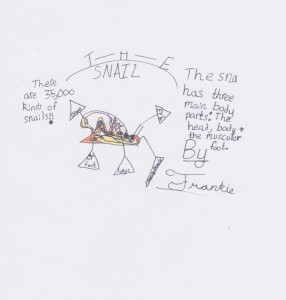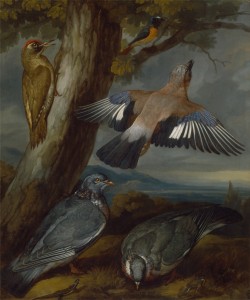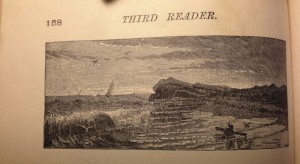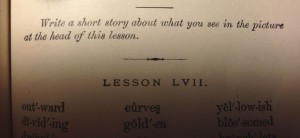“Once we draw, all of the sudden we begin to see again. Were we blind? How could we have ignored the beauty, the intricacies of these simplest things? The convoluted network of veins in an oak leaf, the graceful curve of a clover’s stem, the starry splendor of a humble dandelion…” Fredrick Franck
When teachers cover non-fiction units, we try to provide field or classroom experiences so that children can engage meaningfully and therefore fully assimilate what they learn. We grow fast plants in the classroom so that their life process can be observed. We lug in boxes of beautiful books about sea animals, icebergs, and cloud formations so that our students can see rather than just listen to facts. We bring in ant colonies, leaves, and rocks – all to bring the outside world into the room.
All of this is brought to a higher level when we draw. I always tell my students that scientists learn by drawing.
Thomas Edison filled over 3,000 journals in his lifetime, filled with sketches and notes.

Frankie, a third grader, learns about snails by carefully copying a picture out of a book.
In the absence of the real thing, photographs can be helpful. Right now education publications are putting out photo-laden books based on the Common Core, which are flooded with non-fiction. But a rich and detailed painting can provide the engagement we are often looking for when introducing our kids to unfamiliar topics. Looking at art is pleasing to our senses, and creates an environment that is open and inviting. Additionally, the act of drawing is a meditation – and when students create their own reproduction of something, it invests them in the topic. Their pictures also allow us to see what they already know, so we can easily differentiate, allow them to form their own questions, and help them to find the answers they need.
TRY THIS:

1. Take 15 quiet minutes to copy all or part of this Thomas Barlow painting from the YBCA collection into your journal (no phones, no interruptions). Don’t stop before the 15 minutes is over. During that time, pay attention to what you are thinking and wondering. Make notes right on the page as they come into your head.
2. Now take 10 minutes to label everything you can on your picture. Anything you don’t know, label with a question mark or write down what you are wondering. You have now laid out your own research outline for a study of birds.
I begin all science units by having the students draw. In the past we’ve started by drawing plants, the human skeleton, sea creatures, clouds, trees, earthworms, rocks, ants and owls. Find a painting of what you are studying (I found this bird painting on the Yale Center for British Art online collection)!
Slowing down to draw actually speeds up the learning: you would not believe the mad rush to the books and computers once the students realize they haven’t been able to properly label their beloved drawings! When a child draws, she realizes that she has questions. Those questions become her drive to learn.


